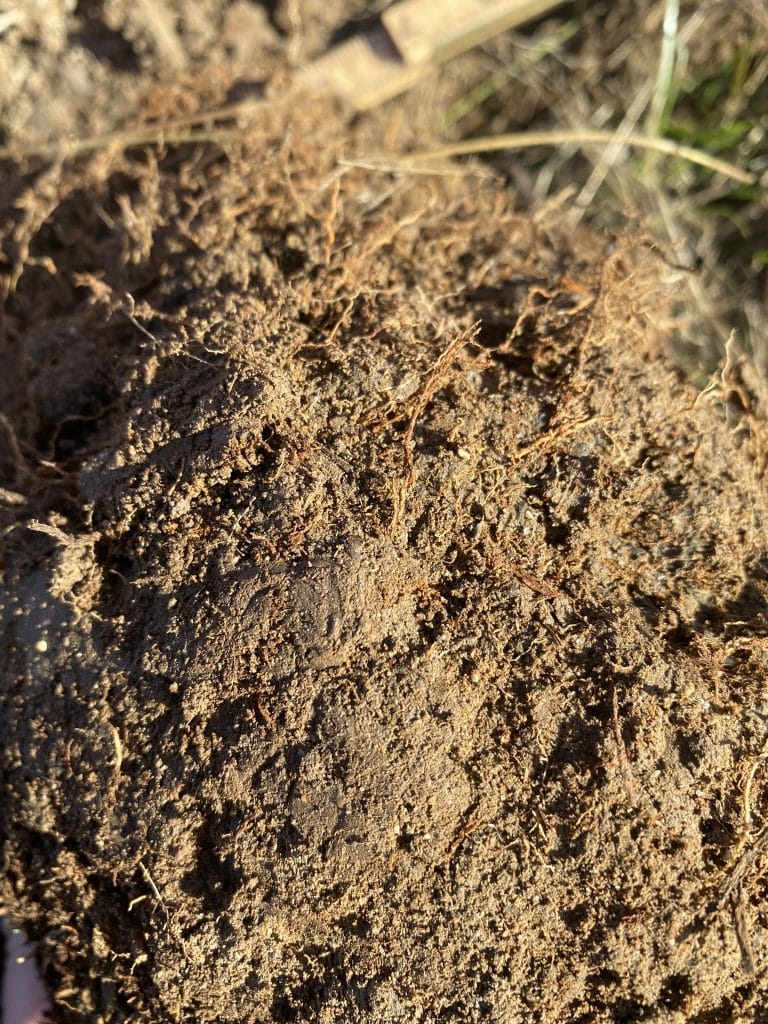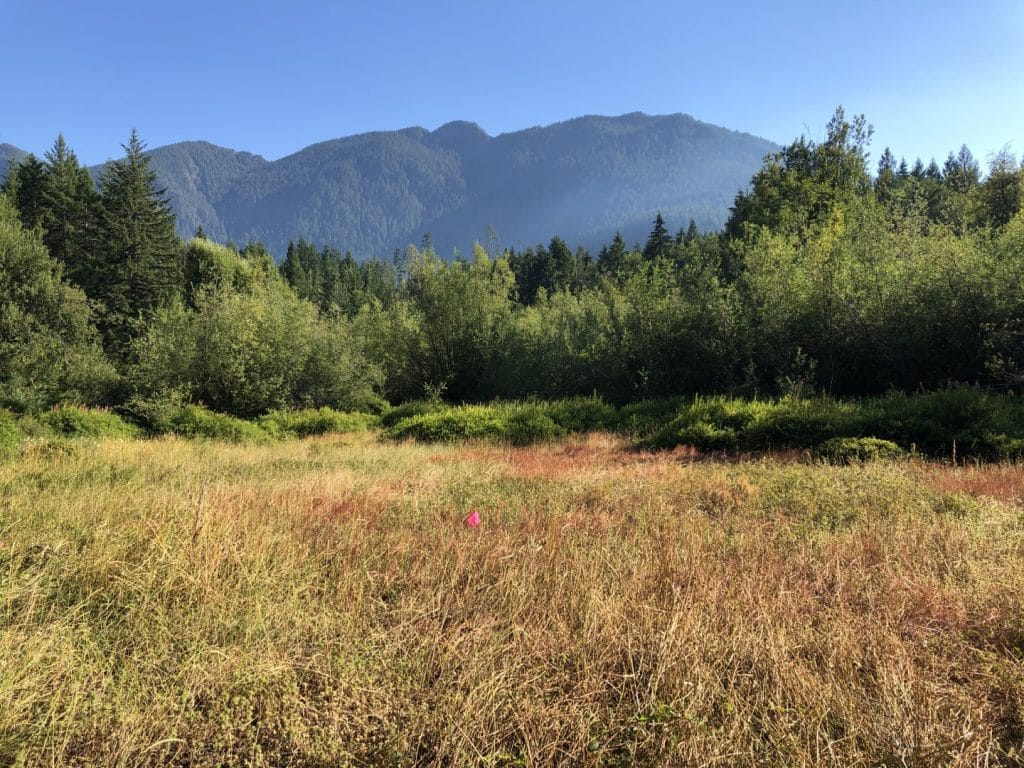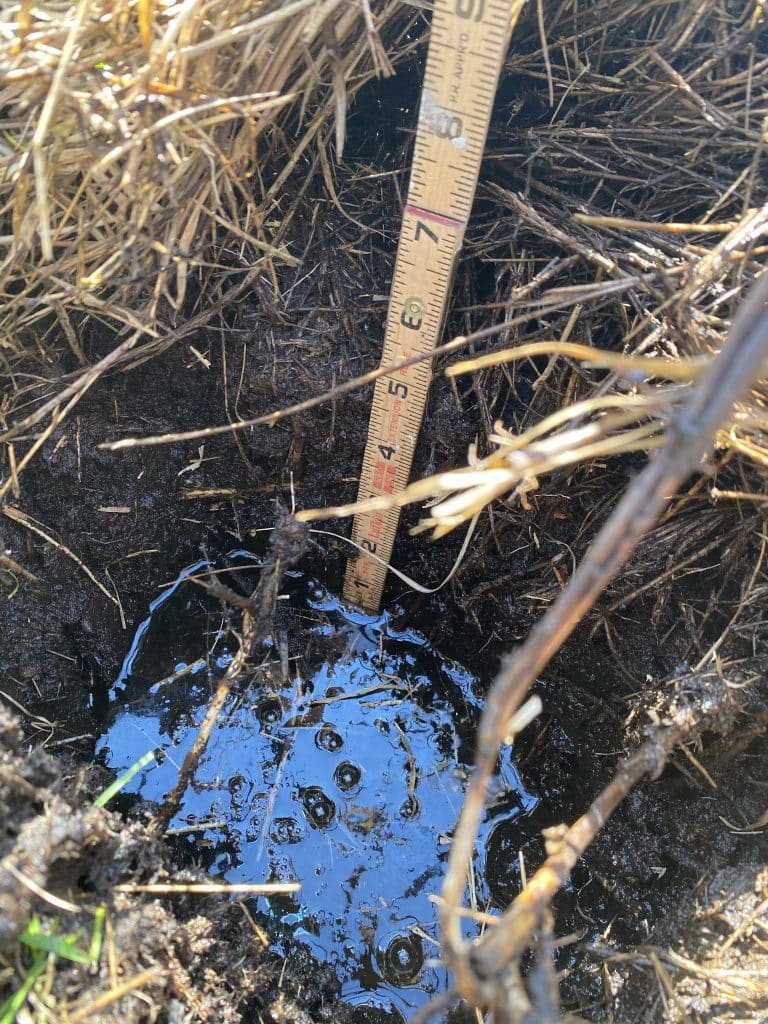
Wetlands play a vital role in the health of our planet’s ecosystems. They are an essential part of the water cycle, provide habitat for a diverse array of plant and animal species, and can help mitigate the impacts of climate change. Western Washington, in particular, is home to an abundance of wetlands, and protecting these important ecosystems is critical to the region’s environmental health.
To help protect wetlands in Western Washington, the Washington State Department of Ecology developed the Western Washington Wetland Rating System. This system provides a standardized method for assessing the functions and values of wetlands, allowing for better-informed decisions when it comes to land use planning and wetland protection.
The Western Washington Wetland Rating System uses a points-based system to rate wetlands, with points assigned based on the wetland’s ability to perform various functions. These functions are grouped into six categories: hydrology, water quality, fish and wildlife habitat, plant communities, landscape context, and other factors. Each category is then divided into several subcategories, with specific metrics used to assign points based on the wetland’s characteristics.

For example, in the hydrology category, points are assigned based on the wetland’s ability to store and release water, as well as its location relative to other water sources. In the fish and wildlife habitat category, points are assigned based on the types of habitats provided, such as nesting areas, feeding grounds, and migration routes. The plant communities category considers the types of vegetation present and their ability to provide food and shelter for wildlife.
Once all of the categories have been scored, the total number of points determines the wetland’s rating. Wetlands with higher scores are considered more valuable and are therefore given greater protection under state and federal regulations.
One of the benefits of the Western Washington Wetland Rating System is that it provides a clear and standardized way to assess wetlands. This makes it easier for landowners, developers, and government officials to make informed decisions about wetland protection and management. By assigning points based on specific criteria, the system removes subjectivity from the assessment process and helps ensure that all wetlands are evaluated fairly.
In addition to providing a standardized assessment method, the Western Washington Wetland Rating System also encourages the preservation of high-functioning wetlands. By assigning greater protection to wetlands with higher scores, the system incentivizes landowners and developers to prioritize the protection of wetlands that are most valuable to the ecosystem. This can help ensure that the most critical wetlands are preserved for future generations.

The Western Washington Wetland Rating System also helps support the region’s economy. Wetlands provide a wide range of ecosystem services, including water filtration, flood control, and carbon storage. By protecting wetlands, the region can maintain a healthy environment that supports industries like fishing, tourism, and recreation. Additionally, the system can help prevent the costs associated with flooding and water pollution by ensuring that wetlands are protected and able to perform their natural functions.
Overall, the Western Washington Wetland Rating System is an important tool for protecting the region’s wetlands. By providing a standardized assessment method and incentivizing the preservation of high-functioning wetlands, the system helps ensure that these critical ecosystems are protected for future generations. Additionally, the system helps support the region’s economy by maintaining a healthy environment that provides a range of ecosystem services. As such, the Western Washington Wetland Rating System is an essential part of the region’s environmental management toolkit.
Learn more about how Peninsula Environmental conducts wetland delineations and ratings across the Puget Sound and Strait of Juan de Fuca.